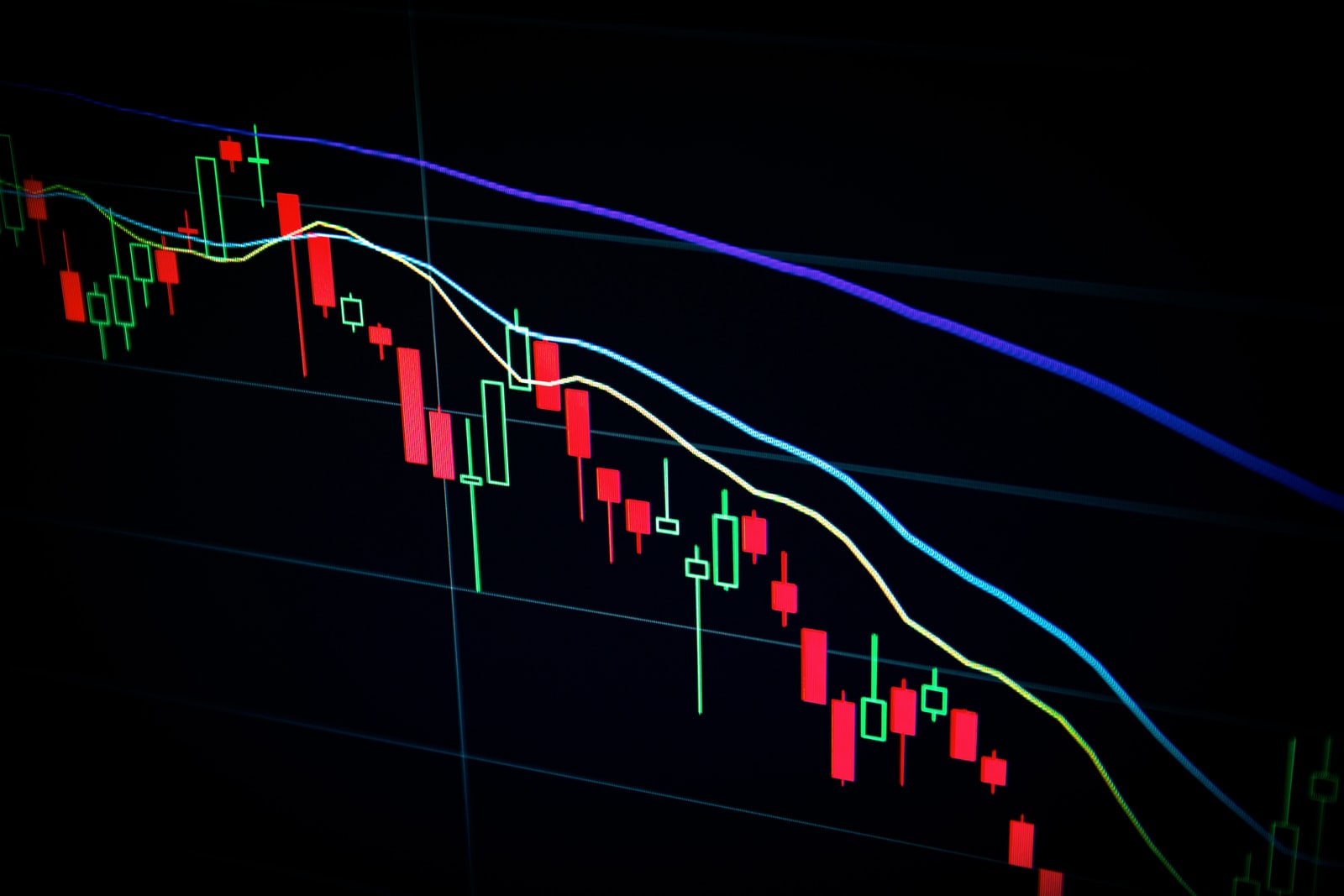
DISCLAIMER
Trading is a high risk activity, protect your capital through the use of stop loss, making intelligent use of leverage and not investing more than you are willing to lose. The author of the post declines any responsibility for any losses incurred as a result of decisions made after reading this article. The information contained below is for informational purposes only. CFDs are complex instruments, therefore adequate knowledge is required before making any investment. Thank you for your kind attention!
TRADING GBPAUD WITH FOREX TRENDY
Welcome back to another edition of Forex Trendy, where we examine the movement in the foreign currency market. Before we begin, please subscribe to my channel and enable notifications, since I will be adding new video on a regular basis. If you want to use Forex Trendy, the URL is provided in the explanation below.
As always, I want to underline the significance of having a strategy in place before entering the market. This is especially important when trading continuation patterns because not all patterns result in lucrative trades. A robust plan and comprehension of price action are essential.
Let’s start with the five-minute chart. The day began with a trade on silver, with a flag buy signal breaching at 28.11. The flag pattern appeared to be promising, with the low retracing and acting as support. Following the breakout, the price temporarily retraced before rising to levels of 28.77 and 28.88, giving numerous winning possibilities for day traders.
Then we’ll look at the British pound and the Australian dollar. At 81.23, we had a flag buy signal break. Despite appearing to be in a consolidation phase during the Asian session, things altered during the London session. Following the breakout, the price reached 82.58, resulting in a trade of nearly 100 pips.
Let us now turn our attention to the British pound and the New Zealand dollar. At 98.38, we discovered a flag buy signal. In this scenario, the price movement was choppy, and the first breakout attempt failed. However, the price retraced back to a strong support region at 98.23 before rallying again and surging to 99.29, providing an 80-90 pip trade.
In the case of the Swiss franc and Japanese yen, we noticed a rising wedge sell signal that broke around 107.37. Although the price action appeared turbulent at first, a closer examination revealed a steady downturn prior to the consolidation phase. Following the breakout, the price approached the previously tested resistance level of 107.25 before falling further to 107.61, creating a lucrative opportunity of roughly 17 pips.
Finally, let’s look at the British pound and the Australian dollar again, this time with a triangle buy signal that breaks around 81.28. The market appeared slow during the Asian session, but the breakout occurred when European traders arrived at 8-9 a.m. The price rose to 82.59, resulting in a 100-pip deal.
The forex market had a profitable day, with multiple profitable possibilities across various currency pairs. Remember that having a strategy and understanding price action will greatly improve your trading outcomes. Keep an eye out for the second part of this study, which will be posted tomorrow.

Check charts at tradingview.com
Go back to Homepage.

